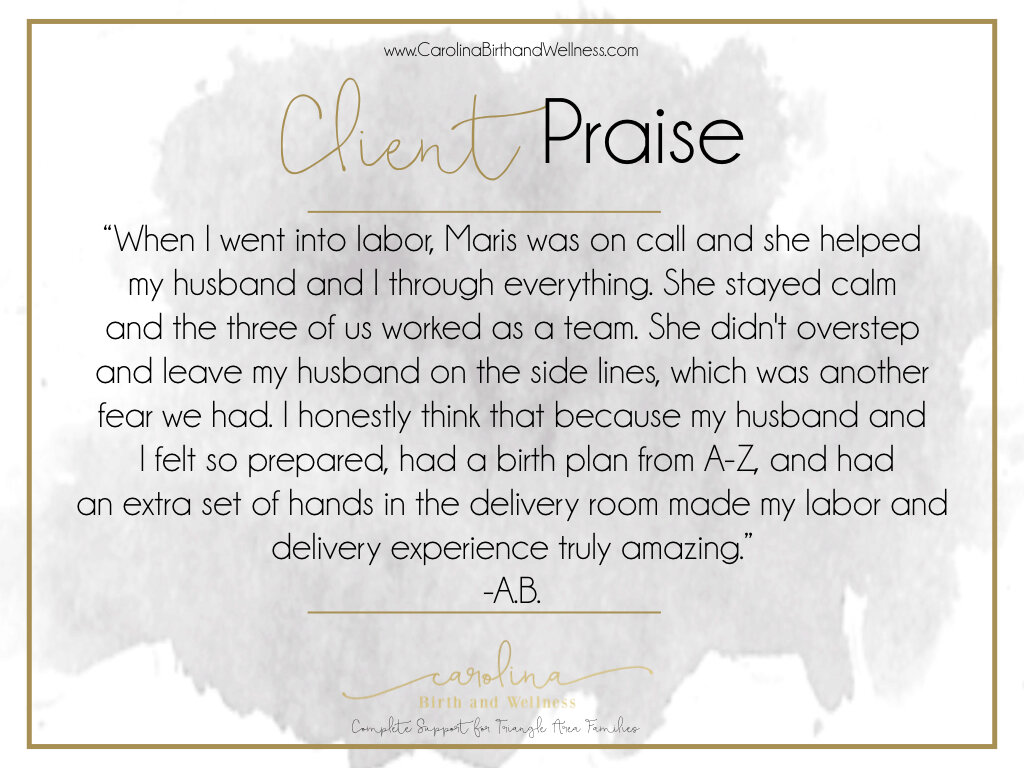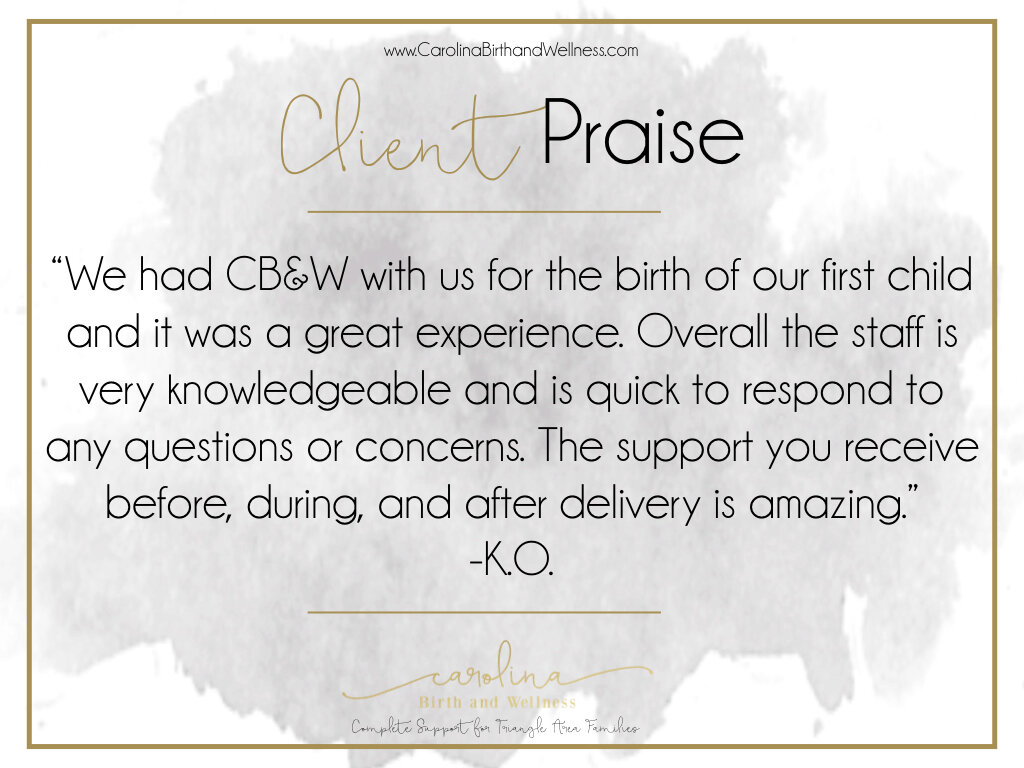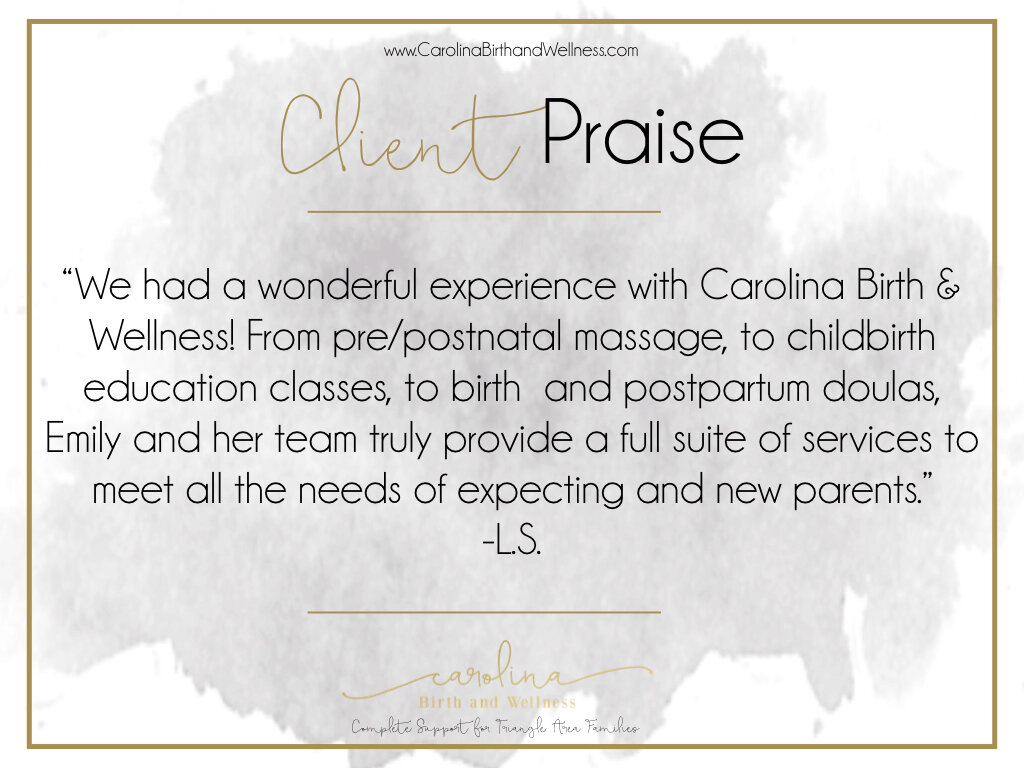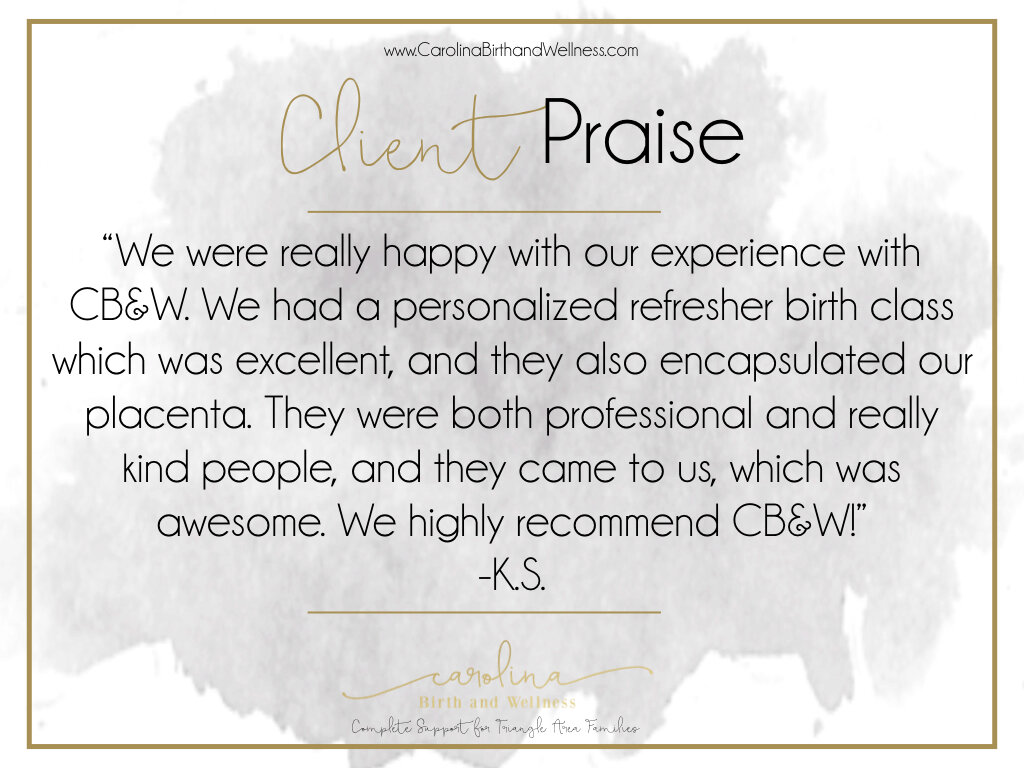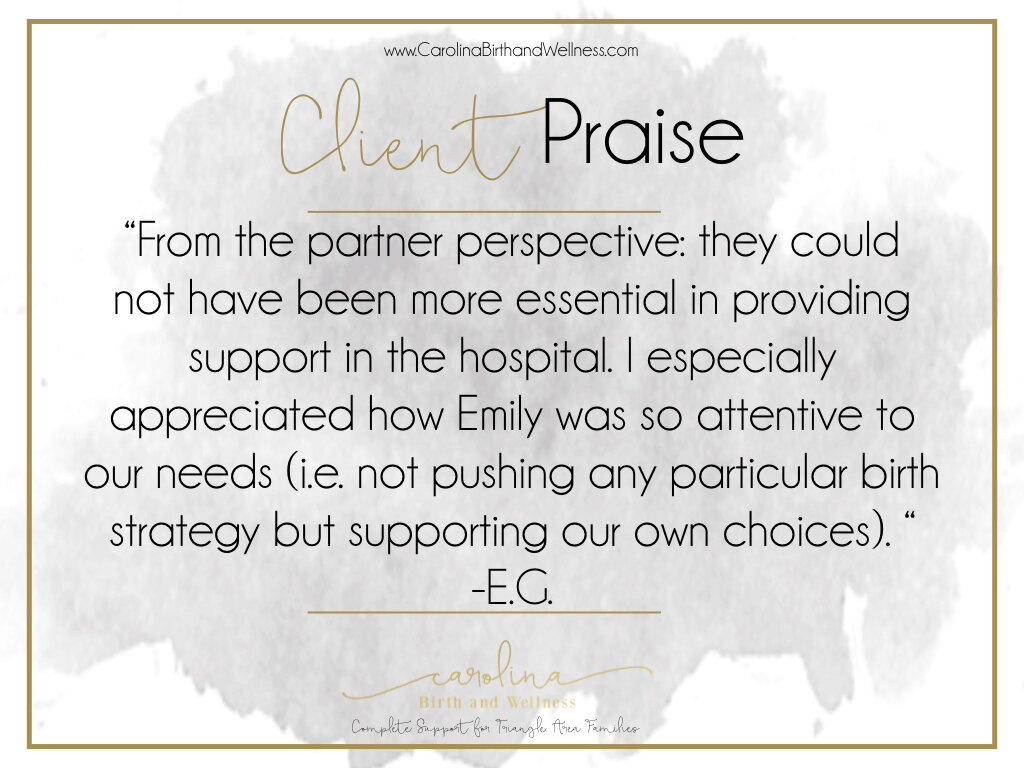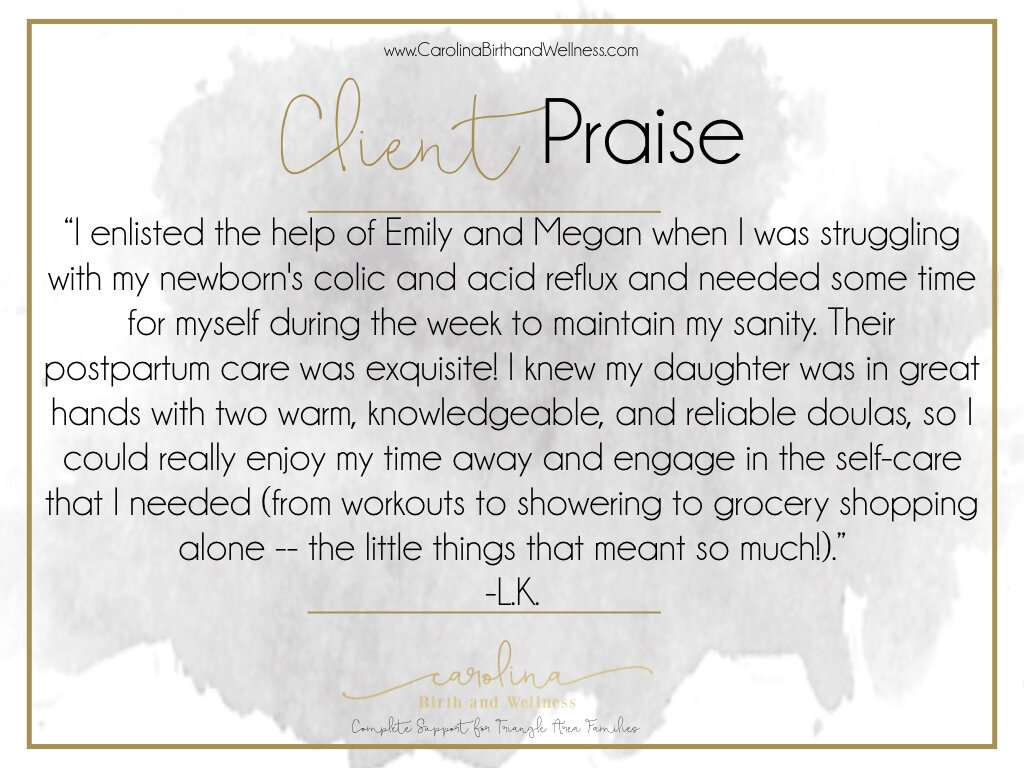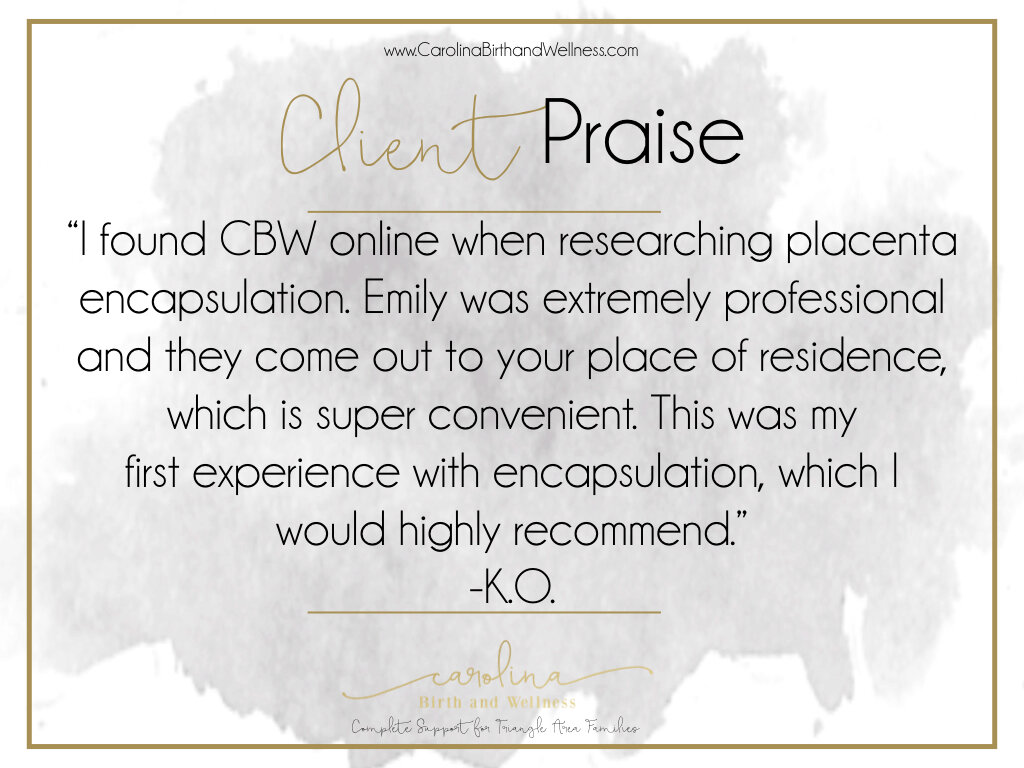One of the beautiful things about having a community life ours, we are able to find the right provider for everything! Specifically for massage therapy work! We were introduced to Sydney Kranz of Triangle Pediatric Massage through mutual friends, and are so glad to know her! The world of pediatric massage is small, but oh so important and it is great to know that there is an amazing provide right here in Cary!
How did you get interested in working in the pediatric massage field?
I became interested in pediatric massage when I was in massage school and learned it was an option! I spent several years in high school and college working with individuals with disabilities, mainly children with diagnoses of being on the Autism spectrum. I was curious then about if there were ways to help them integrate their sensory systems through body movement and touch since so much of the stimming behaviors manifested physically, like flapping. When I learned that my massage license would allow me to work with children, I was excited! I did my initial training and certification in pediatric massage in 2016 and began working with a few children in the Orlando area who were kids of my friends or clients.
What exactly is pediatric massage?
Pediatric massage is massage and touch therapy that is specifically adapted for children and teenagers. Sessions are designed to be age appropriate and to take into account the child's individual needs and personality, developmental age, family goals for the session, proper education of boundaries, and to be fun. Some obvious differences are that the majority of sessions take place on a yoga mat or body pillow with the child clothed. It's not spa day for kids!
Some techniques may be similar to a "normal" massage, for lack of a better word, to address muscle spasms or imbalances, and other techniques are focused on calming and giving proprioceptive input to the nervous system. Parent education is also important to me because I want parents and caregivers to be empowered to care well for their children.
Another big difference, is that we gain permission to touch before beginning the session and throughout the session. If a child is not comfortable being touched or does not want massage at that time or that area, we don't do it. We do other things like massaging the parent or a doll, playing, singing, dancing, or moving around the room. (The parent massage is pretty popular!) This helps teach the child healthy boundaries and establish bodily autonomy, which is important and unique to this modality.
How do you normally structure a session with a child that has never received any massage or bodywork?
A typical session for a first-time client may last up to 45-50 minutes. Typically sessions are 30 minutes and include up to 30 minutes of hands-on time, but depending on the individual coming in, it may take 10-15 minutes of exploring the room and environment, getting to know the child, and letting the child get to know me before we attempt any hands-on work in the session. I have some toys in my office and clients are welcome to bring toys, books, etc. to help them feel comfortable and relaxed in the setting. I've worked with children mostly aged 2 and older, and the first session really depends on the child. Some kids are able to understand what we are doing from verbal explanation and are used to different therapies (like OT or PT), and some need more time to get comfortable. Parents are required to stay in the room if the client is 13 or younger.
What sort of benefits can be seen from a pediatric massage?
There are lots of benefits! I have a write-up listing benefits with the research citations as well that I give to doctors and curious people, but I will keep it brief here. :) Some potential benefits are decreased stress and anxiety, promoting healthy sleep, improving digestion and GI function, rehabilitating injuries and surgical scar tissue, improving sensory processing, aiding in brain and nervous system development, decreasing muscle spasms, increasing muscle tone, aiding with growing pains or chronic pain, promoting parent-child bonding (through teaching), and promoting prosocial and attentive behaviors.
I find out from the parents (and the child, when it's developmentally appropriate) what the goals are and tailor sessions to pursue those goals.
When you aren't massaging, where can we find you?
When I'm not massaging, I can be found exploring the area and heading outdoors for as much time as possible, cooking up a storm (I'm an avid home cook and actually moved here originally because I was interested in the Registered Dietitian program at UNC!), spending time with friends and family, working on art projects, and salsa dancing.


